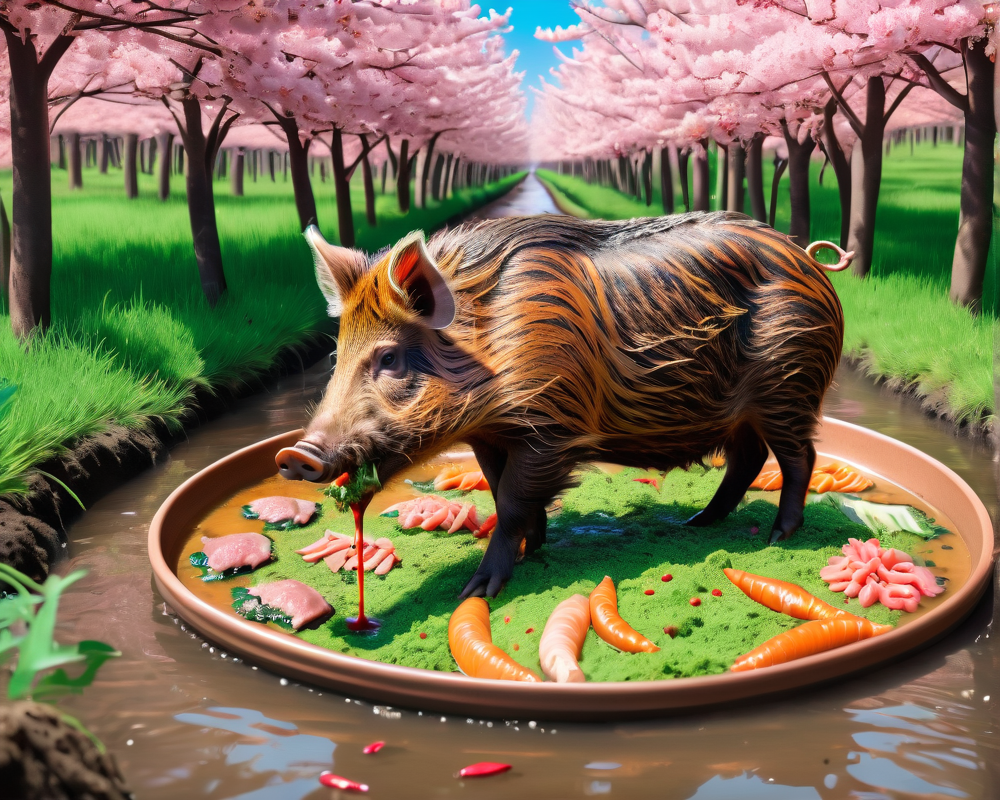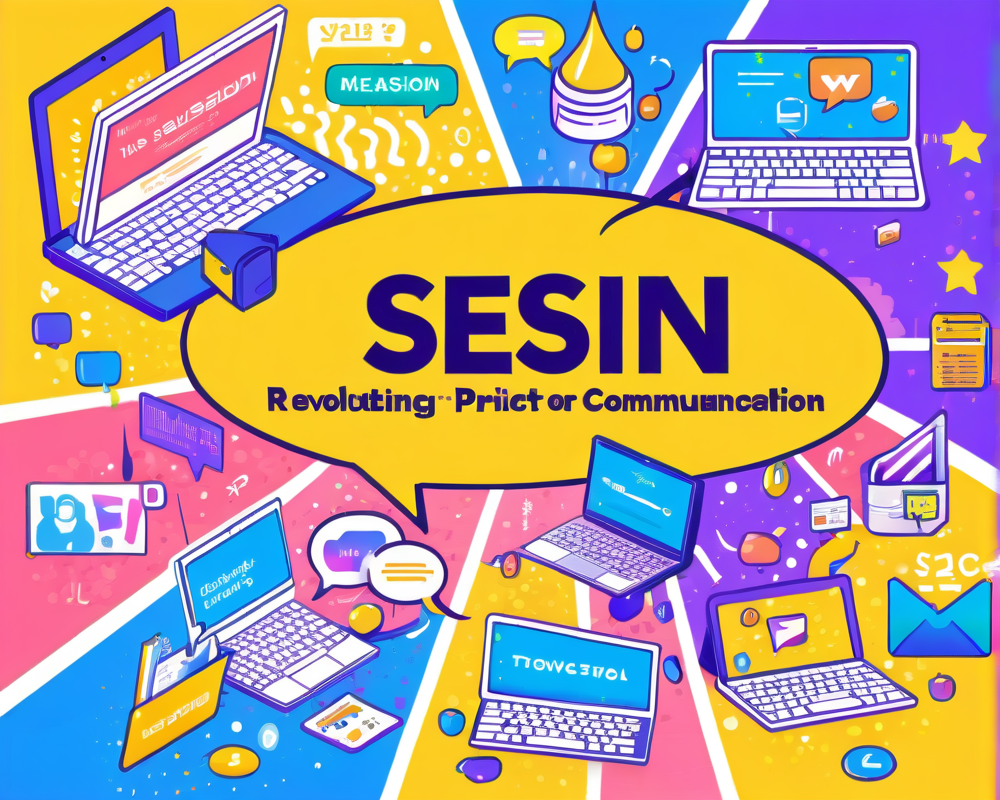The Rise of Wildlife in Japan
In recent years, Japan has found itself in a strange predicament: an overabundance of wildlife that threatens its agricultural landscape and public safety. The wild boar, known as Inoshishi, now roams freely from Kyushu to Honshu, fully embracing its role as a furry little menace. Not to mention the deer, who seem to have taken a page from the book of ‘Eat, Pray, Love’—except their mantra is more like ‘Eat, Devour, Destroy,’ as they munch through forests like they’re on a buffet tour.
The Consequences of Too Many Hooves
Japan’s mountainous terrain makes it a prime habitat for these creatures, but it also means more potential for landslides as these critters strip away greenery. In addition to ruining the scenery, deer darting across roads create unexpected traffic hazards. Unfortunately, their reign over the countryside stems from the extinction of natural predators like the wolf back in 1905. Talk about a low-budget sequel to Jaws in a land of sushi!
Counting the Cost of Wildlife Overpopulation
The Japanese Ministry of Environment is sounding the alarm bell, having reported damage estimates of around JPY 20 billion (≈ $200 million) each year due to wildlife. Adding to the conundrum, Japan’s human population is shrinking, causing hunters—once the frontline defense against boar and deer—to dwindle as well. In fact, the number of licensed hunters plummeted from 518,000 in 1975 to just 198,000 in 2011, with a whopping 66% of them being over 60. Talk about needing a new generation of hunting enthusiasts!
Turning Liability Into Culinary Gold
With all this excess wildlife, the conversation shifts: If we can’t beat them, can we eat them? Enter Mijin, the latest innovation in blockchain technology, taking center stage to turn Japan’s wildlife problem into a dining experience. Selected by the Japanese Ministry of Agriculture, Forestry and Fisheries to track game meat from forest to fork, Mijin aims to ensure traceability and safety for wild game consumption.
The Blockchain Revolution
Mijin operates on the NEM protocol, rolling out transaction records for the Japan Gibier Promotion Association, which is a fancy name for folks who want to safely promote hunting and culinary culture in Japan. Think of it as a culinary guardian angel for consumers with a side of techy flair. In the wise words of Tech Bureau’s CEO, Takao Asayama: “The power of Blockchain can transform one of the oldest food supplies into an asset for local communities.” Who knew saving the countryside could be so delicious?
Building Consumer Confidence
Japanese eaters are notoriously choosy, placing immense value on food safety and quality. The Japan Gibier Promotion Association is championing this initiative, striving to meet consumer demands for safe game meat. According to Toshiharu Ishige, Executive Secretary, “Food safety is evaluated very strictly by end-consumers.” With Mijin stepping in, consumers can finally relax knowing their meat isn’t just another tale of ‘the one that got away.’
Setting New Standards for Food Safety
Looking to the future, Mijin’s immutability promises to enhance food traceability, especially in light of past chicken scandals in other countries. Tracking meat from slaughter to service not only boosts consumer confidence but also establishes a benchmark that could inspire other nations facing similar issues. As we see it, Mijin is paving the way for a new era of sustainable culinary practices. And who knows? Maybe one day, eating local boar will be as trendy as chasing sunsets!




